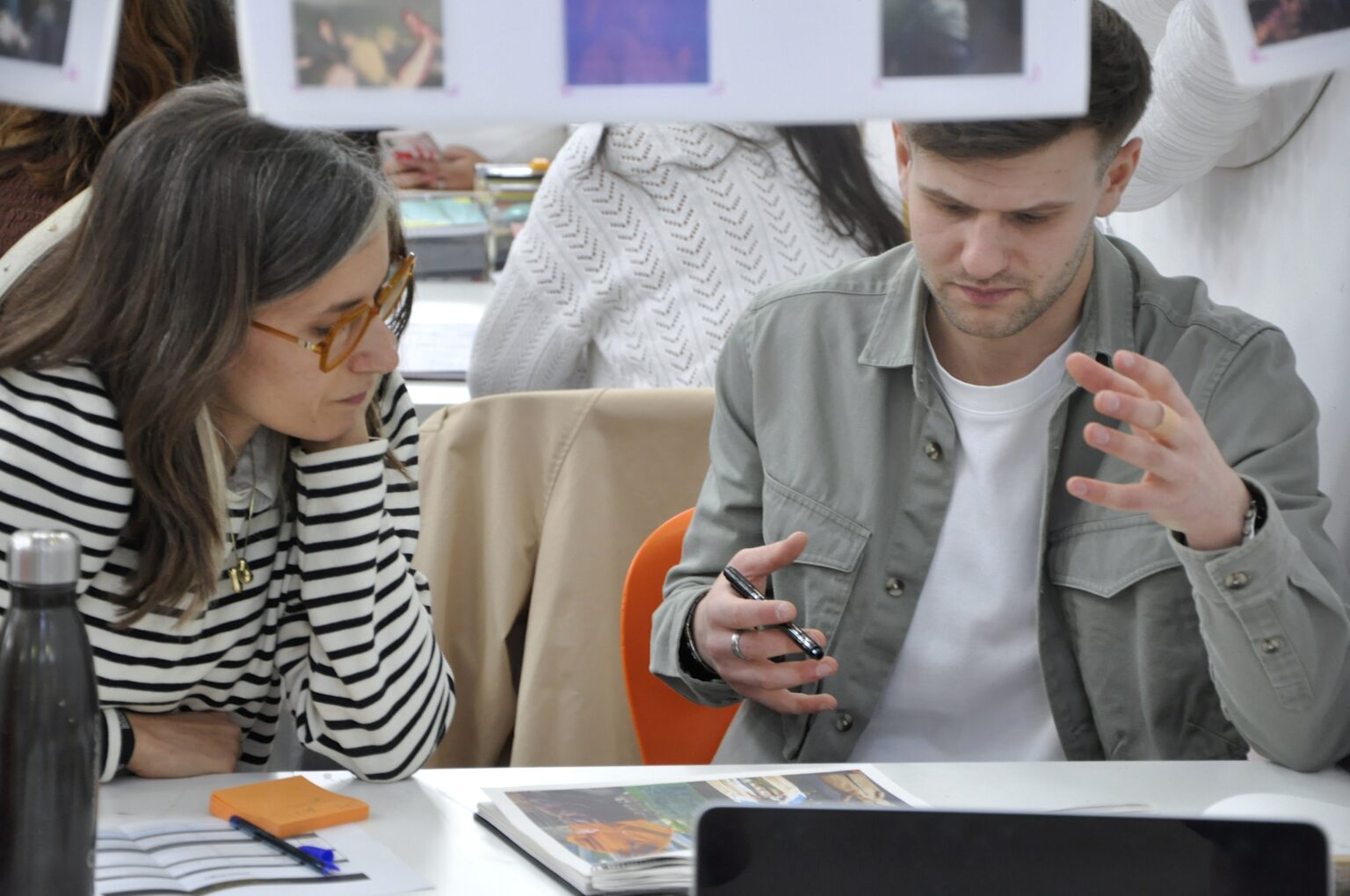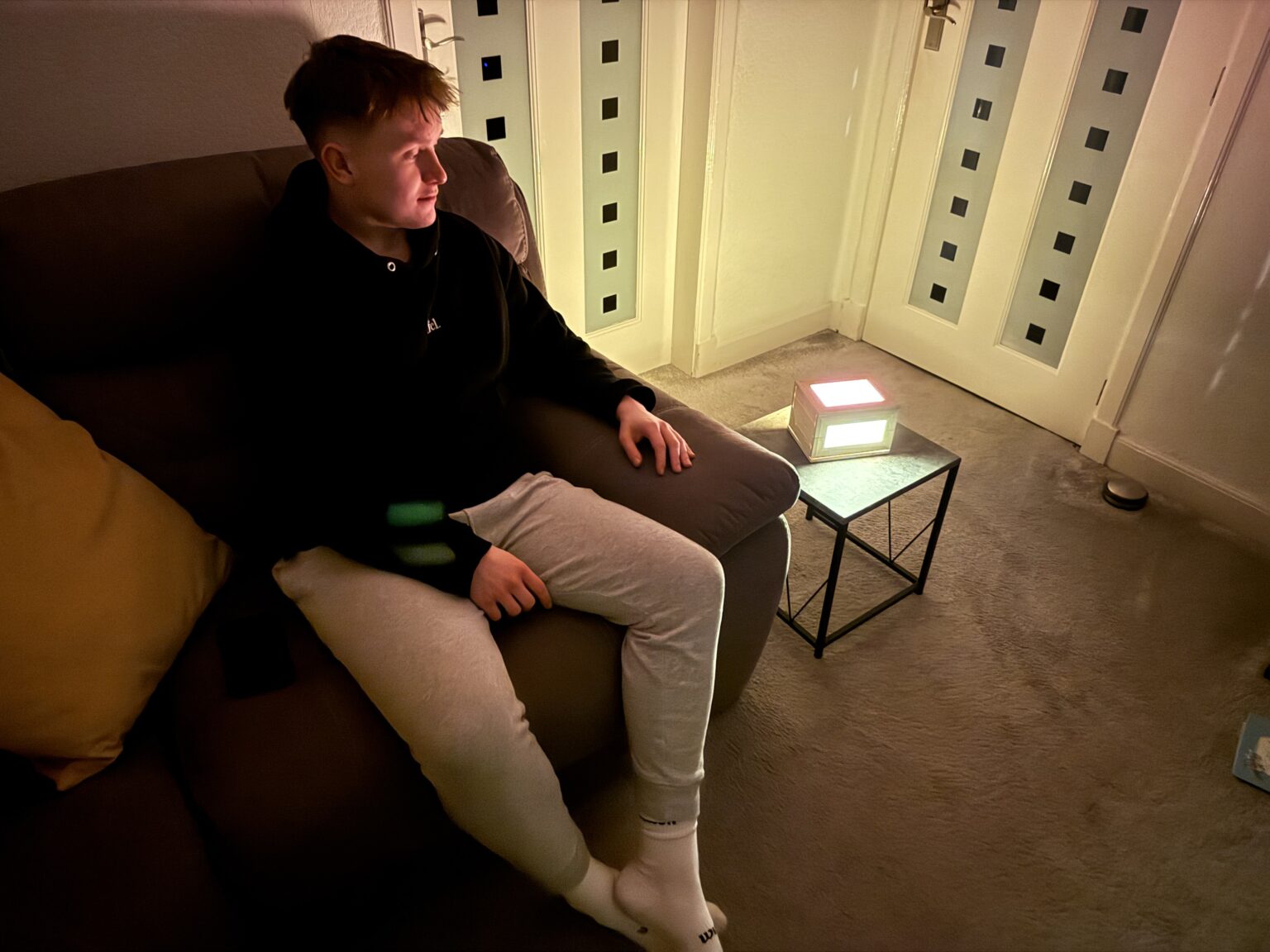Innovation & Technology Product Design
Steven Collins

I’m a designer driven by a passion for living systems, sustainability, and innovation. I aim to create thoughtful, future-focused solutions that positively impact people and the planet. I believe design should not only solve problems but foster resilience, awareness, and more responsible interactions with our environment and daily lives.
As I approach the culmination of my studies in design, with a focus on gaining experience and developing my expertise within a professional design team, I have a clear vision for my career aspirations. I am deeply passionate about exploring the emotional experiences of users, particularly those that shape their interactions with design. I prioritise a thoughtful and nuanced approach to understanding the diverse stakeholders involved in my projects, whether human or non-human. As a proponent of sustainable design, I am committed to finding innovative solutions that contribute positively to the environment, considering the broader implications of my work on the planet. Moreover, I am dedicated to continuously expanding my skill set and knowledge to navigate the early stages of a designer’s career with confidence and adaptability.

Bheòshlaint
As part of our final self-initiated project, I was given the opportunity to define my own brief, an exciting chance to explore a subject that resonates deeply with me both personally and creatively. I chose to centre my project around Scottish mountains. This decision stems not only from a strong design potential I see within the subject but from a lifelong passion for the outdoors. Hillwalking, camping, and being immersed in nature have been part of my life since childhood. Some of my earliest and fondest memories are of climbing hills with my dad, my brother, and my local scout group. These experiences sparked a love for the landscape that has only grown stronger with time.
Today, I continue to explore the hills and mountains of the UK with friends and family, steadily working my way through the Munros. The sense of adventure, the physical challenge, and the deep connection to nature that hillwalking provides have become a significant part of who I am. I hold a deep respect for the natural world, and that reverence has become a core influence in my approach to design. Just a weekend before this project began, I climbed Beinn Ime in Arrochar with three close friends. With several more Munros planned in the months ahead, it felt like the perfect moment to draw from these experiences and use them as a foundation for meaningful research and creative exploration. This project is not just about designing for the outdoors, it’s about celebrating it, understanding it, and creating something that speaks to those who share that same connection to the Scottish landscape.
After several weeks of both desk and primary research—including interviews, stakeholder mapping, research card development, expert consultations, and more—I was able to uncover a clear design opportunity. In Scotland, there remains a disconnect between hill walkers and the broader ecological networks of the mountains. While many admire nature’s beauty and follow responsible practices, human presence still leaves a notable impact. Countless wonders remain hidden from the human eye. Scotland’s ecosystems are abundant and breathtaking, teeming with a diverse array of species. We are no larger or more significant than any other living being, yet we climb hills, often unaware of the full scope of our journey.
Bheòshlaint is a wearable vest designed for hill walkers, offering a deeper connection with the natural ecosystems they traverse. Bheòshlaint bridges this gap by not only protecting the environment but also enriching the walker’s journey. The vest is composed of multiple hexagonal panels, each serving a unique function. Equipped with a microphone, thermal camera, and photogrammetric camera, Bheòshlaint gathers real-time data on plant vitality, soil conditions, animal activity, and more.
As the wearer moves through the landscape, the vest translates this environmental data into tactile feed back – gentle vibrations across the chest – guiding them to minimise ecological disruption and maximise awareness. After the walk, the collected data is uploaded to a shared database, accessible to both fellow hill walkers and professionals such as ecologists and landscape advisors. This collaborative system supports long-term ecological understanding and conservation.
Momentum – A positive habit building system
Momentum is a service designed to assist communities in building positive habits, as a result of the NHS stopping support for individuals who don’t help themselves in the year 2035. By offering resources such as an app, 360-degree mentoring, and a variety of products, Momentum helps people improve their personal health.
Pulse is a home ornamental feature that emits gentle lighting to help track your progress. It gathers data from your daily activities,
such as shopping habits, and gradually starts to glow. When you hit a milestone in your journey, Pulse will notify you of your achievement.
Compliance or Consequence? // Future Experiences Group Project
Our World
In the year 2035, the NHS operates under strict guidelines that prioritise personal responsibility for health due to severe economic pressures. The government has introduced policies where individuals who neglect their health are denied certain treatments unless they demonstrate efforts to improve their well-being. The public are required to meet basic health maintenance criteria. People are encouraged to track their progress through government issued health services, which monitor physical activity, dietary habits, and regular check-ups. All linked to a national data base that healthcare providers can consult before offering treatment. If an individual consistently fails to follow health advice, their access to non-emergency, medical care may be restricted. This refusal can range from elective surgeries to treatments for chronic conditions that could have been mitigated though lifestyle changes.
The policy has led to a sharp cultural shift. Personal health is now regarded not only as a private matter but also as a civic duty. Those who actively manage their health are praised as responsible citizens, while those who neglect it face social stigma, accused of wasting public resources. Healthcare professionals, while still compassionate are now bound by regulations that push them to prioritise patients who show commitment to their health. In this world, the NHS still offers care, but with a heightened focus on preventative measures and personal responsibility. It’s a system where the burden of care is shared between state, the health care system, and people themselves and where the cost of neglecting personal health may result in being left to cope alone.
Our exhibition takes visitors inside the lives of four individuals living under this policy. Each story based on extensive research and offers a different lens on the reality of life when health becomes a measure of worth. These immersive settings reveal how the policy effects access to care, relationships, employment, and self-perception. You’ll meet:
Eva: After sudden hearing loss, Eva struggled to adapt and connect with others. A referral to a support group left her feeling even more isolated, highlighting how one size fits all care can miss the mark for younger patients like her.
Imran: Working long hours in a high pressure job, Imran’s health has quietly deteriorated. Diagnosed with early onset osteoporosis, he ignores worsening pain. Caught between denial, duty, and a system that demands visible effort before offering care.
Gerald: Once active and energetic, Gerald’s health has declined with a sedentary lifestyle. Now facing limited access to care, he’s motivated to change but stands at the uncertain beginning of a journey where intention must become action.
Amanda: Overwhelmed by work and single motherhood, Amanda’s asthma spirals out of control. A charity funded retreat offers her a rare chance to rest, becoming the breakthrough that helps her reclaim her health for both her and her children.
Each space invites reflect on the line between motivation and coercion, support and surveillance, care and control.
When health becomes a duty, who gets left behind?

























